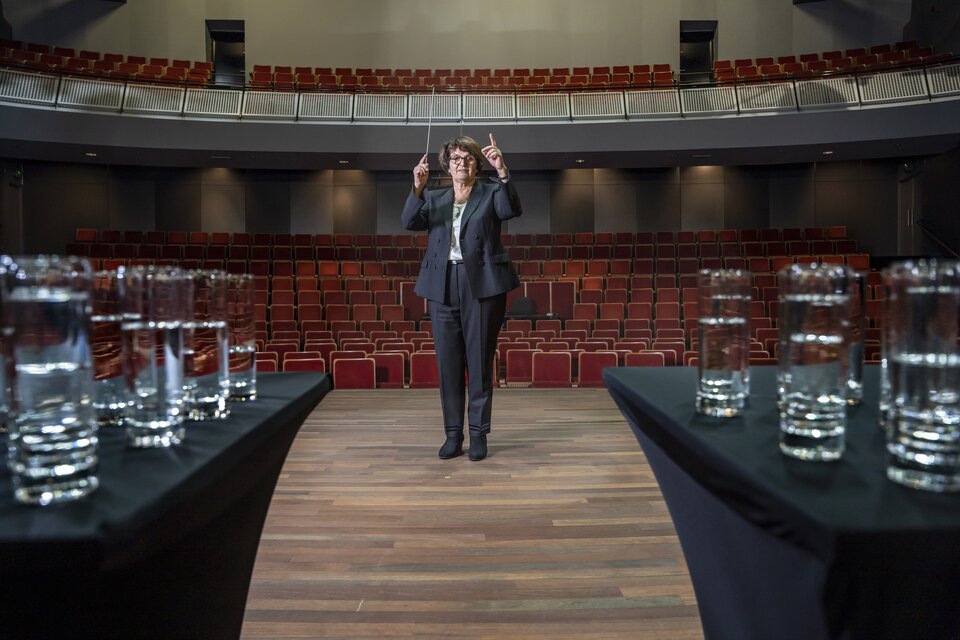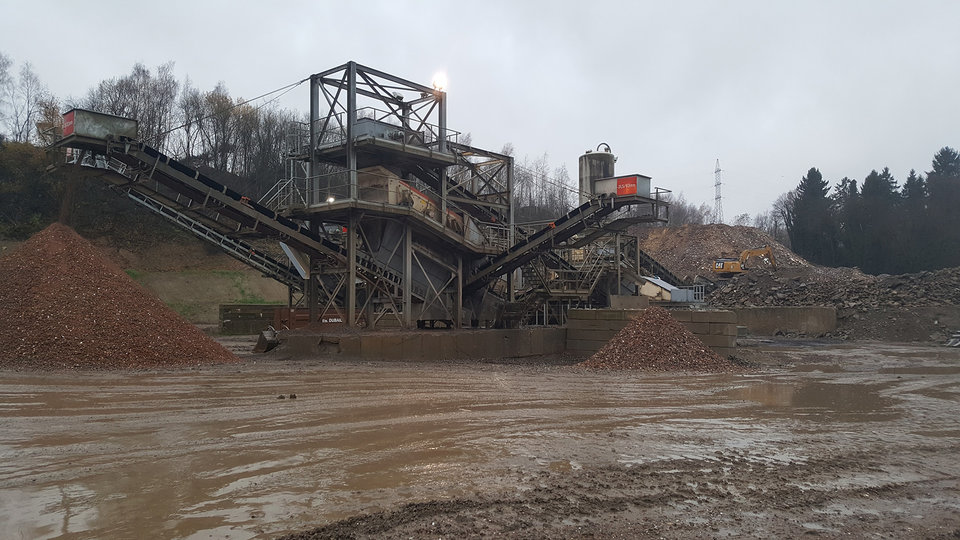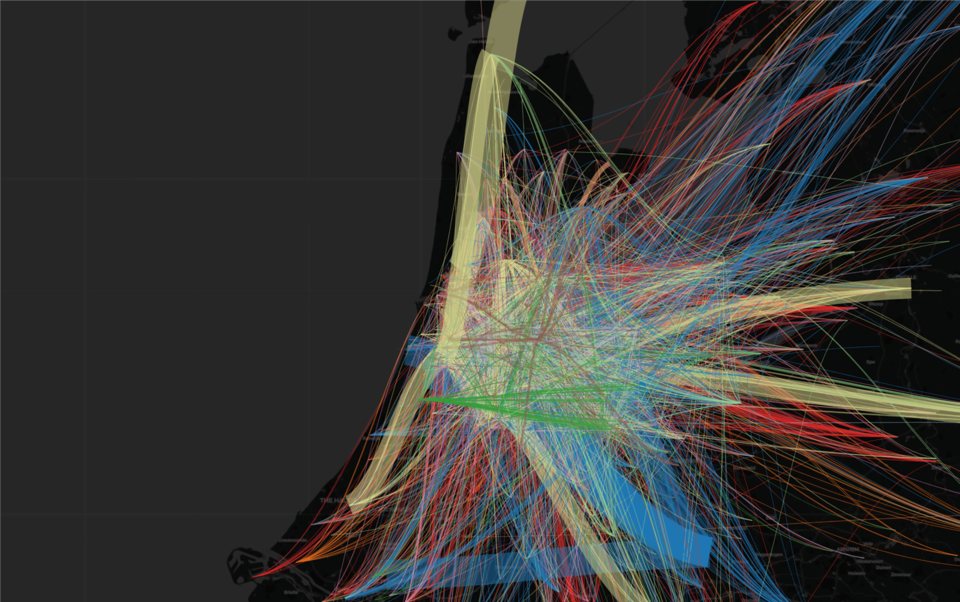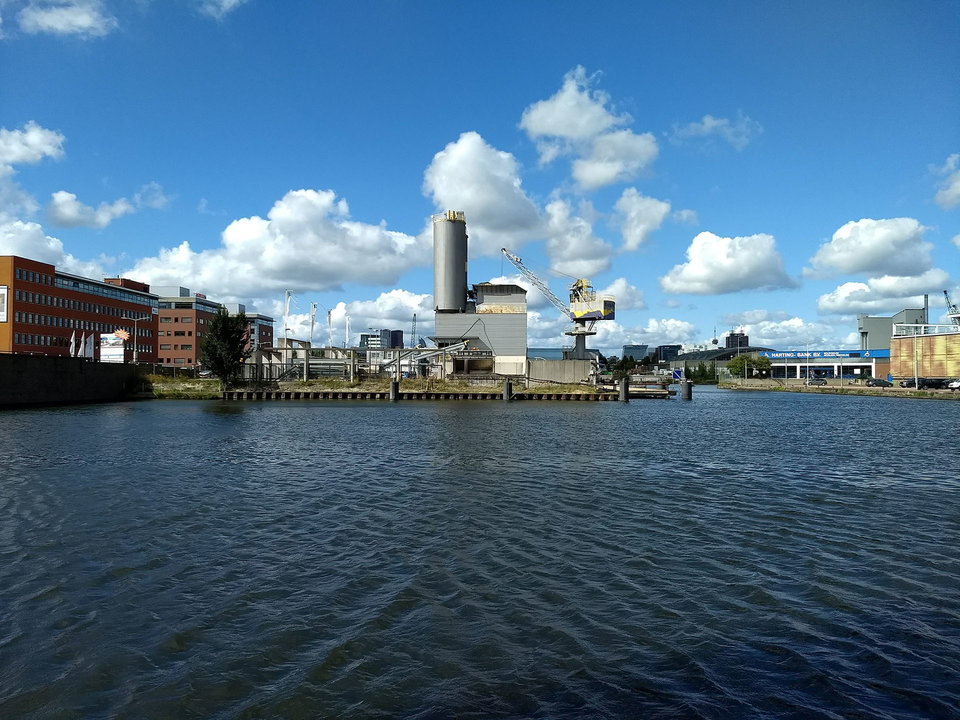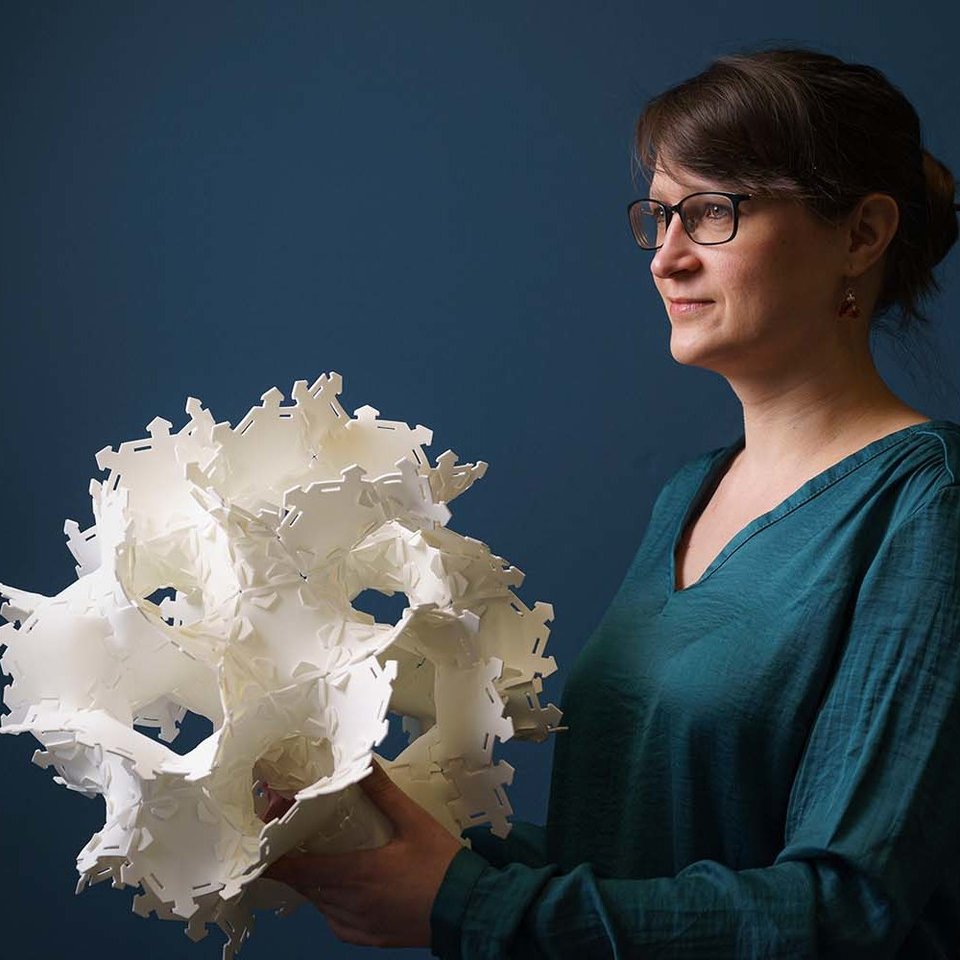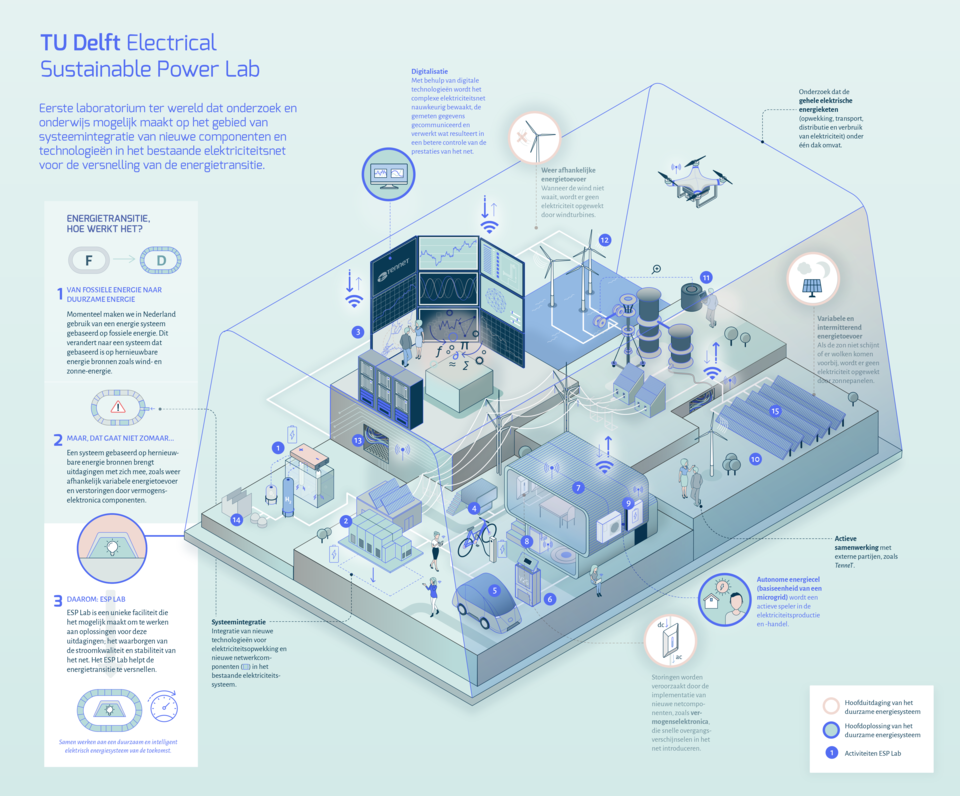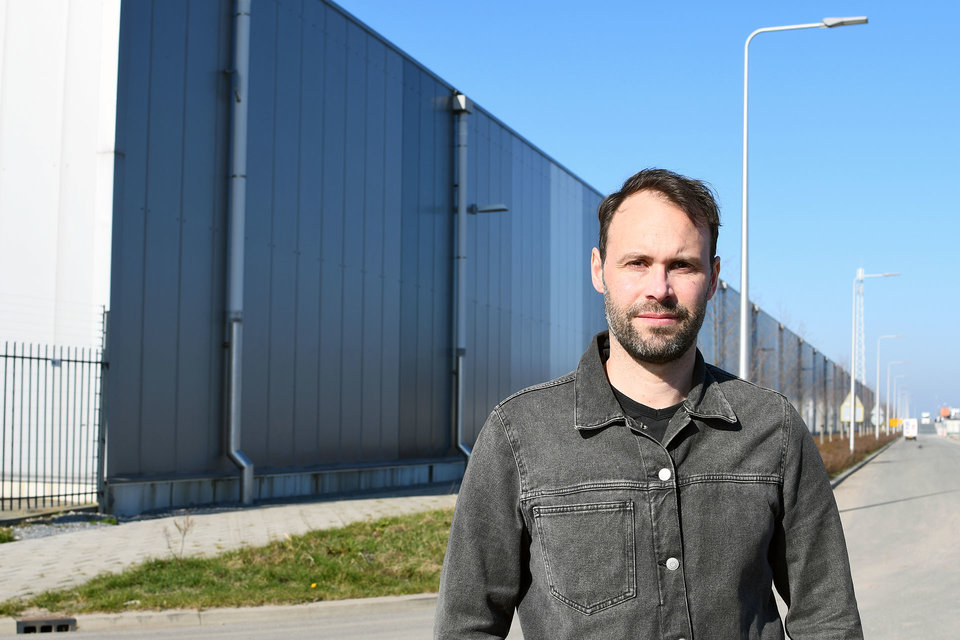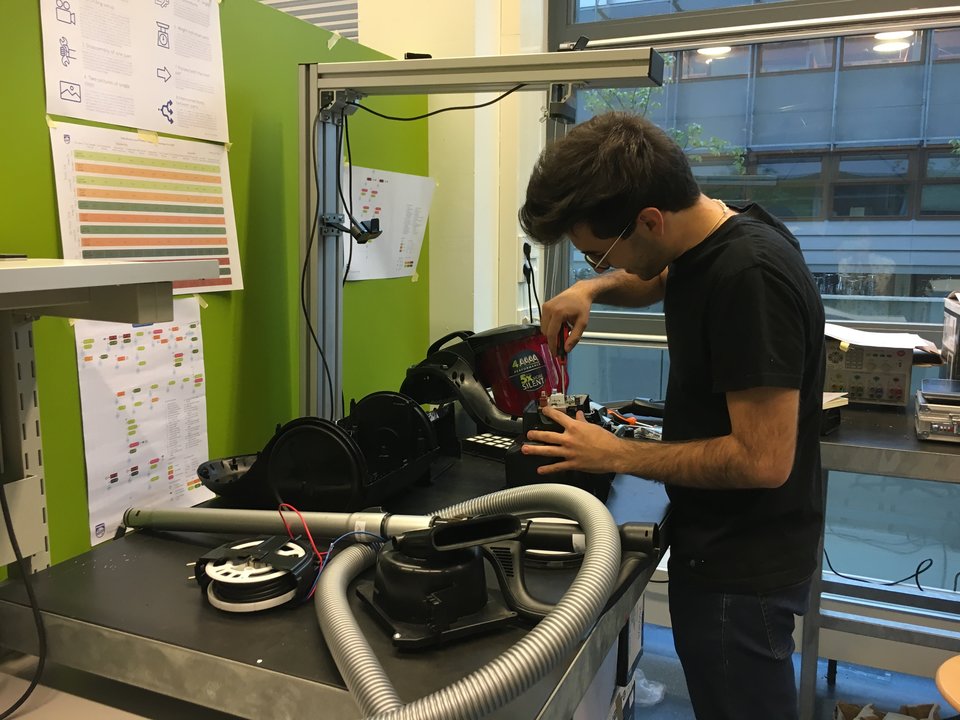A circular construction sector calls for a break from standard methods. Doctoral candidate Mart van Uden is investigating the extent to which day-to-day practices are preventing the desired transition towards circular construction. Mart’s quest to identify the mechanisms that ensure that objectives are or are not achieved is already providing an insight into conflicting interests, conscious or otherwise. “Often, the desire to build quickly can make it difficult to achieve circular objectives.”
Mart is conducting his PhD research as part of the project entitled Trancibo: Changing inter-organizational collaborative behaviour in circular construction projects, which has now been underway for almost three years. In this project, scientists based in Delft and Amsterdam are investigating how to influence behaviour in collaborative partnerships.
“This is all about large-scale frameworks, such as laws and regulations, and how markets are structured and how they operate. But it’s also about the extent to which an individual in an organisation has the freedom and space to act differently. My main focus is on the relationship between different parties, from commissioning authorities through to demolition firms, and the effect their actions have across the entire chain. Our consortium is made up of different government bodies, architects’ firms and contractors. Their working processes are our laboratory.”
In its infancy
So where do the circular ambitions set by commissioning authorities actually come from? What effect do they have on the different links within the construction chain? Mart’s quest to identify the mechanisms that ensure that objectives are or are not achieved has already revealed some new insights. For example, efforts to reuse materials in construction or renovation projects are often being frustrated. This can be due to uncertainty with regard to the origin of the materials, how much they cost and/or whether they will be available in sufficient quantities or on time. The key issue is that the circular construction market is still in its infancy. “Although special hubs for reusable materials are starting to emerge, they’re incapable of fulfilling the huge demand for materials that meet the relevant requirements.” Besides, working out what actually constitutes quality in a circular economy can sometimes be guesswork. “How do you determine whether parts of a steel framework from one building will still last for years in another building? There are no standards for that kind of thing. A contractor will be reluctant to use a load-bearing structure made of used materials if there’s no way of assessing quality, such as a hallmark, and if the consequences of deviating from the new standard will be solely its responsibility.”
All of this uncertainty calls for flexibility from all parties: in design solutions and schedules but also in budgets and partnership involved. “New actors are entering the field, including demolition companies or operators of material hubs.” According to Mart, it’s important to set an abstract objective in tenders. “This gives parties the room they need to interpret it in different ways.” It makes it possible to strike a balance for each project between the time required, the costs incurred and circular quality requirements that can be achieved using the R’s (Reduce, Reuse and Recycle).
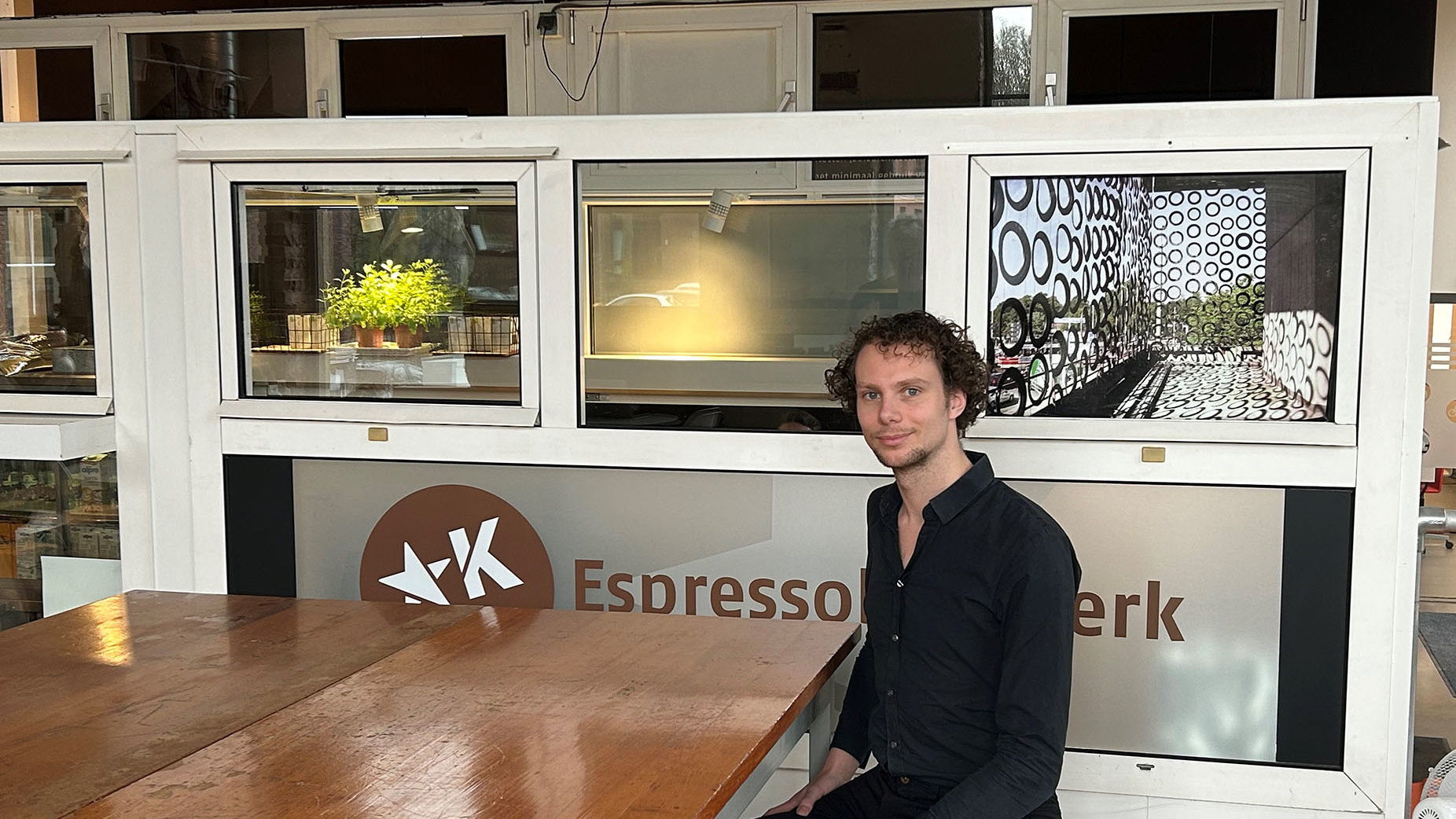
Scores
Mart has also noted that certain policy instruments can help to mobilise the intended transition. These include ESG ratings, scores that are used internationally to rank businesses in terms of their impact on the environment, society and governance. These sustainability scores serve as a guide for investors. “ESG ratings are clearly gaining in influence. I expect what is currently still a modest role in shaping ambitions at project level will steadily increase over the years ahead, ultimately reshaping the construction supply chain.” An instrument like the mandatory environmental performance system for buildings (MPG) could also play a similar role, if the requirements are tightened further. “Whereas concrete can now still be freely applied in buildings, a stricter score will make this more difficult.” Circular and biobased construction will then gradually become more serious alternatives.” Mart mentions a side-effect of the success of solar panels. “They’re a desirable development from an energy perspective, but generally score poorly environmentally because of the materials used and the fact that they come from abroad. This is also where MPG can provide an impulse to start producing reusable solar panels."
Better communication
Since it is often only possible to define any ambitions for reusing materials in very ‘soft’ terms in the face of a tight schedule, strict budget and demanding quality requirements, they are likely to fall by the wayside if collaborating partners in the chain do not communicate effectively about their objectives and the values they aim to uphold. “At times, there are political reasons for speeding something up. For example, it may be possible to exchange time for money, giving a designer or contractor space to achieve their ambitions after all. But often this doesn’t happen simply because of poor communication between public and private parties. The ‘soft’ ambitions are then often the first to suffer.” This, according to Mart, is the kind of ingrained pattern that is relatively easy to break. “My colleagues are currently testing out potential interventions at various consortium partners that may prove suitable for this. This will ultimately provide us with an overview of situations where interventions are necessary and a handbook of interventions that bring about change.”
Towards a handbook of interventions
TU Delft and Vrije Universiteit Amsterdam are working in tandem on this project. Mart's opposite number is organisational scientist Elonie Kooter, a doctoral candidate at the VU. Both of them are conducting fieldwork. “In my case, that means carrying out numerous interviews and personality tests to find out how people work and why”, explains Mart. He is testing the results in the light of insights from transition literature and what is termed ‘practice theory’. This is an approach in sociology and anthropology in which individual agency is related to social structures. “Elonie also attends work meetings of various parties in the construction chain to identify which interventions in approaches to work can have a favourable effect. Manon Eikelenboom, a post-doc researcher at the VU, is applying our findings to develop specific interventions for a handbook for use in practice.”

